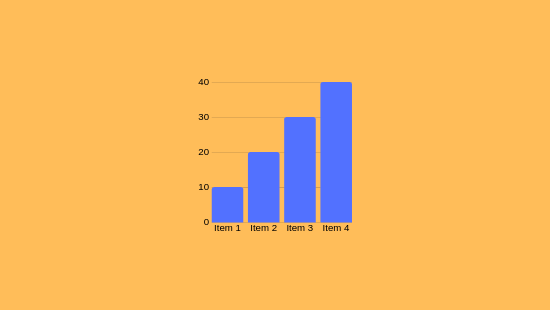
As you explore forex measurements, you'll understand they're mathematical tools analyzing price and volume data to predict market behaviors. These indicators assist in identifying market patterns, confirming market cues, and detecting extreme market conditions situations. For example, the Relative Strength Index (RSI) gauges momentum, while Bollinger Bands assess volatility. Enhancing your trade techniques by combining these metrics is essential, especially if aiming to manage risk effectively.
Grasping the Core of Forex Indicators
Forex indicators are mathematical aids integrated in graphs to aid investors in analyzing market trends and making informed decisions. They offer insights into price changes and market possibilities by examining past and present market figures.
Forex tools are categorized into four primary groups: trend indicators (e.g., Moving Averages), momentum indicators (e.g., Relative Strength Index), volatility indicators (e.g., Bollinger Bands), and volume indicators.
These instruments can signal reversals, validate ongoing patterns, or indicate extreme buying/selling. If you're looking to enhance your methodologies, understanding these indicators is fundamental.
Categories of Forex Analytical Instruments
When assessing market trends, traders usually employ a variety of indicators to guide their trading choices.
Forex tools are categorized into different types, each fulfilling distinct functions.
Trend Indicators like Moving Averages (MA) and Bollinger Bands aid in uncovering movement patterns and potential breakouts.
Momentum Indicators, including the Moving Average Convergence/Divergence (MACD) and Relative Strength Index (RSI), identify momentum changes and highlight overbought or oversold conditions.
Volatility Indicators like the Average True Range (ATR) measure fluctuations, helping traders in establishing protective measures.
When applied wisely, these indicators can boost trading proficiency.
Key Indicators for Trading Decisions
To executive insightful investment choices, grasping and utilizing key measures that analyze market conditions is imperative.
Moving Averages track mean trade values over specific periods, revealing trends by evening out variations.
The Relative Strength Index gauges market force on a 0–100 scale, flagging overbought conditions above 70 and highlighting excessive sell below 30.
Moving Average Convergence Divergence compares two EMAs to confirm the trend direction, with graphical representations illustrating bullish or bearish phases.
Bollinger Bands utilize variability measures around a moving average to assess fluctuation and potential reversals.
Fibonacci Retracement levels denote price thresholds based on prior price movements.
Synthesizing these indicators enhances precision by authenticating prompts if aligned, facilitating precise timing for currency matchups.
Employing Indicators in Risk Oversight
As you fine-tune investment methods, effectively utilizing measurement tools for risk management is crucial. Indicators like Moving Averages and Bollinger Bands gauge fluctuations and spot viable trade junctures for risk oversight.
These tools allow for exact stop-loss orders and limit orders, critical for limiting possible losses.
For instance, applying stop-loss orders caps losses to a certain limit, such as 2% of your trading portfolio per trade. This measured strategy aids in managing forex risks by curtailing exposure to market volatility and leverage, which are significant challenges in currency trading.
Combining Indicators for Enhanced Accuracy
Combining indicators is a sophisticated strategy for elevating accuracy in forex trading. This method enables for the leveraging of multiple tools to evaluate several aspects of market dynamics, including trends, drive, and volatility.
By implementing indicators like Price Averages, RSI, and MACD, check here you can craft resilient trade schemes. Instance given, combining Moving Averages with RSI and Volume confirms trends and drive, while Bollinger Bands with Stochastic discovers volatile scenarios and possible reversals.
If indicators from separate categories align, redundancies are reduced, and investment prompts are uplifted.
Final Thoughts
You now grasp how forex indicators operate, covering their diversities like trend, momentum, and volatility indicators. These elements assist in spotting potential reversals and confirming trend continuity. By integrating indicators, trading precision is boosted, and risk oversight is conducted more adeptly. As an example, using the Relative Strength Index (RSI) to spot overbought conditions and Bollinger Bands to evaluate volatility can improve your decisions.